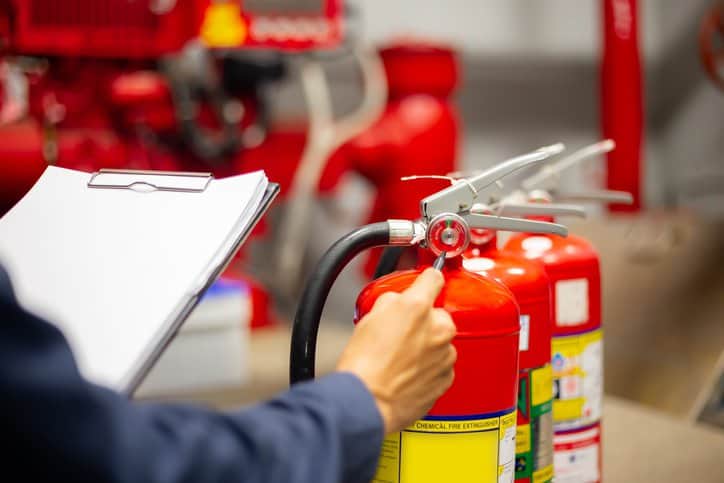ISO 23932-1:2018— Fire Safety Engineering

The Palisades fire of January 2025 has been the most destructive fire in Los Angeles County history, engulfing over 17,000 acres, displacing upwards of 175,000 people, and devastating surrounding communities and the natural environment. It is clear that fires can be catastrophic, tragic disasters. As such, assuring that a fire safety management program is in place is paramount to mitigating the adverse effects of a fire. ISO 23932-1:2018— Fire safety engineering – General principles – Part 1: General sets forth the general principles and requirements for the implementation of fire safety design plans and fire safety management.
What Is Fire Safety Engineering?
Fire safety engineering (FSE), also called fire protection engineering (FPE), refers to the application of science and engineering to protect people, property, and the environment from fire. FSE is essentially used in support of performance-based fire safety design as well as to implement fire safety design plans and overall fire safety management. ISO 23932-1:2018 notes that the general principles and requirements of FSE can be applied to all configurations of the built environment (i.e., buildings or other structures). This specifically includes off-shore platforms and civil engineering works, such as tunnels, bridges and mines; and means of transportation, such as motor vehicles and marine vessels.
What Is ISO 23932-1?
ISO 23932-1:2018 provides general principles and requirements for fire safety engineering (FSE). It details the key elements necessary for addressing the different steps and their linkages in the fire safety design process. ISO 23932-1:2018 also provides key elements linked to the implementation of fire safety design plans and fire safety management.
The standard is intended to be used by professionals involved in the following tasks:
- Performance-based fire safety design (of both new and existing built environments)
- Implementation for fire safety design plans
- Fire safety management
ISO 23932-1:2018 is intended not only to be used on its own, but also in conjunction with a consistent set of FSE documents covering methods in performance-based fire safety design, implementation and management.
Fire Protection Engineering Vs Firefighting
Fire protection engineers utilize science and engineering principles to design, install, and maintain fire suppression, detection, and other safety systems to reduce the risks as well as design ways for safeguarding against the wrath of fire. Through the application of science and engineering principles, the engineer can mitigate, detect, control, or suppress a fire. Since fire protection engineers apply science and engineering principles, their career is different from individuals pursuing a career in the fire service, like firefighters.
Additionally, fire protection engineers focus on designing and implementing systems to prevent fires from happening in the first place by analyzing building designs and materials, while a firefighter responds to active fires by extinguishing them and performing rescue operations. Essentially, a fire protection engineer is proactive in fire safety and a firefighter is reactive.
Fire Safety Objectives
The fire safety objectives covered by ISO 23932-1:2018 include:
- Safety of life
- Property protection
- Continuity of operations
- Protection of the environment
- Preservation of heritage






